Market Analysis
In-depth Analysis of Chloromethane Market Industry Landscape
The chloromethane market is marked by dynamic forces that shape its growth and trends, driven by versatile applications in the chemical industry. Chloromethane, also known as methyl chloride, serves as a key building block for the synthesis of various chemicals and compounds. The market dynamics are intricately linked to industrial processes such as the production of silicones, pharmaceuticals, agrochemicals, and refrigerants. A pivotal factor influencing chloromethane market dynamics is the demand for silicones in diverse applications, including construction, automotive, and electronics. As a precursor in silicone manufacturing, chloromethane plays a crucial role, and its market experiences fluctuations based on the trends in these end-user industries.
The agrochemical sector contributes significantly to the chloromethane market dynamics. Chloromethane is utilized in the synthesis of various agrochemicals, including herbicides and pesticides. The demand for chloromethane in agriculture is influenced by factors such as global population growth, changing dietary preferences, and the need for increased agricultural productivity. As the agriculture industry seeks innovative solutions to address these challenges, the chloromethane market adapts to meet the evolving demands of the agrochemical sector.
Another important aspect of chloromethane market dynamics is its role in pharmaceutical manufacturing. Chloromethane is a critical intermediate in the synthesis of pharmaceutical compounds, including some antibiotics and other medications. The pharmaceutical industry's growth, driven by factors such as an aging population and increasing healthcare needs, directly impacts the demand for chloromethane. Changes in healthcare practices, advancements in drug development, and regulatory considerations influence market trends in the pharmaceutical sector.
Refrigerants, especially chlorofluorocarbons (CFCs), historically played a significant role in chloromethane market dynamics. However, with environmental concerns related to ozone depletion and global warming, there has been a transition towards environmentally friendly alternatives, such as hydrofluorocarbons (HFCs) and hydrochlorofluorocarbons (HCFCs). The phase-out of certain CFCs has affected the demand for chloromethane in the refrigerant sector, leading to shifts in market dynamics as industries adopt more sustainable practices.

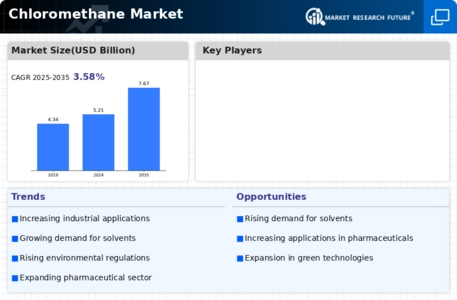


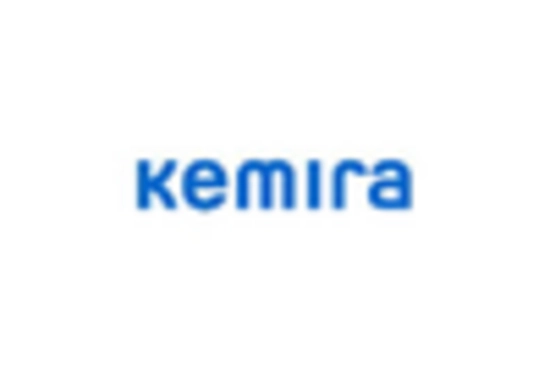
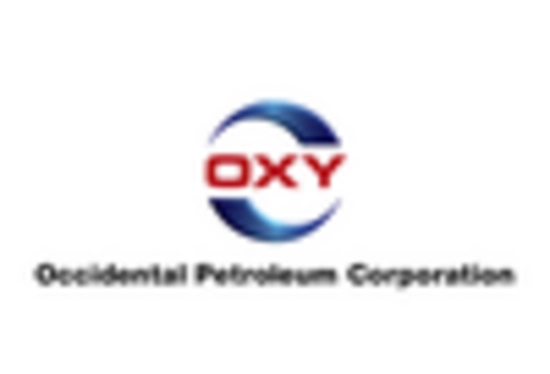
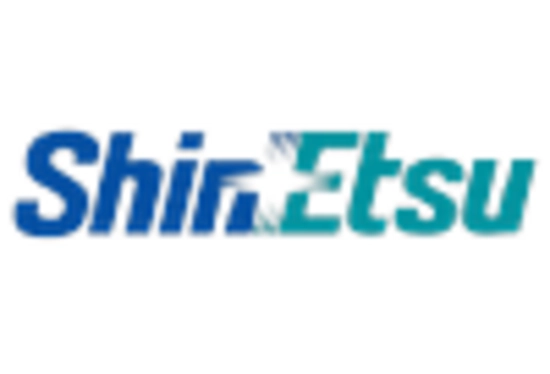
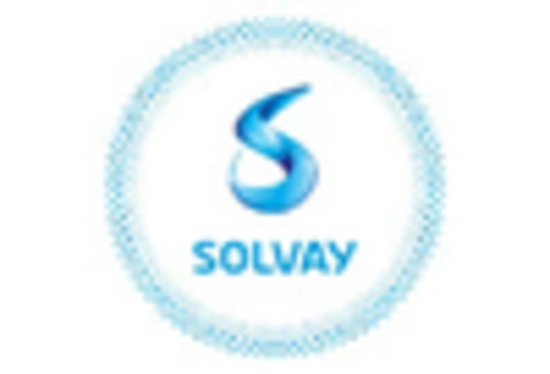

Leave a Comment